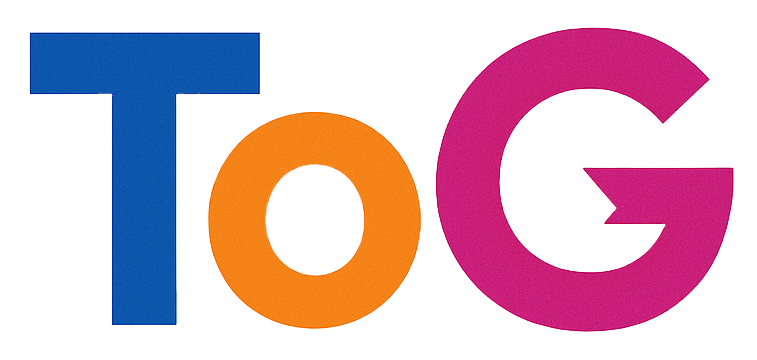Understanding and Resolving Website Indexing Challenges: A Comprehensive Guide
Introduction
Website indexing is a fundamental aspect of search engine optimization (SEO). Proper indexing ensures that your website’s content appears in search engine results, increasing visibility and traffic. However, many website owners encounter situations where their pages are crawled but not indexed, leading to confusion and potential loss of organic traffic. This article explores common causes of such issues and provides actionable strategies to diagnose and resolve them, especially in specialized niches such as financial platforms.
Scenario Overview
Consider a website dedicated to discretionary investment services. Despite verifying the site in Google Search Console (GSC), submitting a sitemap, and ensuring technical correctness, only the homepage is visible in search results, while other pages remain unindexed. Notably, the homepage appears to have been crawled but not indexed, and GSC reports indicate “No referring sitemap” for certain URLs. Additionally, crawl logs reveal suspicious or unrelated URLs, and backlink reports show numerous spammy backlinks—despite no active backlink-building efforts.
Key Observations and Potential Causes
-
Verification and Basic Setup
-
The site is verified in GSC.
- Sitemap is submitted and accessible.
- Robots.txt file permits crawling.
- All URLs return HTTP 200 status codes and lack noindex directives.
- Canonical tags and internal linking structures are correctly implemented.
-
The sitemap is clean, free of errors.
-
Persistent Indexing Issues
-
Homepage is indexed, but other pages are not, despite being crawled.
- GSC’s URL Inspection tool indicates URLs are crawled but not indexed, often with the message “No referring sitemap.”
- Crawl logs display spammy or unrelated URLs.
-
Backlink profile shows numerous spam backlinks, despite no current link-building campaigns.
-
Contextual Factors
-
The website operates within the finance niche, which often faces stricter scrutiny from search engines.
- Concerns of potential algorithmic or manual penalties or restrictions, possibly related to spammy backlinks or referrer spam.
Possible Explanations and Diagnostic Steps
A. Technical Misconfigurations
- Indexing Restrictions: Double-check for any hidden noindex tags or meta directives on non-indexed pages.
- Crawl Budget and URL Parameters: Excessive or confusing URL parameters can dilute crawling efficiency.
- Structured DataIssues: Incorrect or missing structured data can impact indexing.
B. Quality and Trust Factors
- Spammy Backlinks: A high volume of spam backlinks can cause Google to

